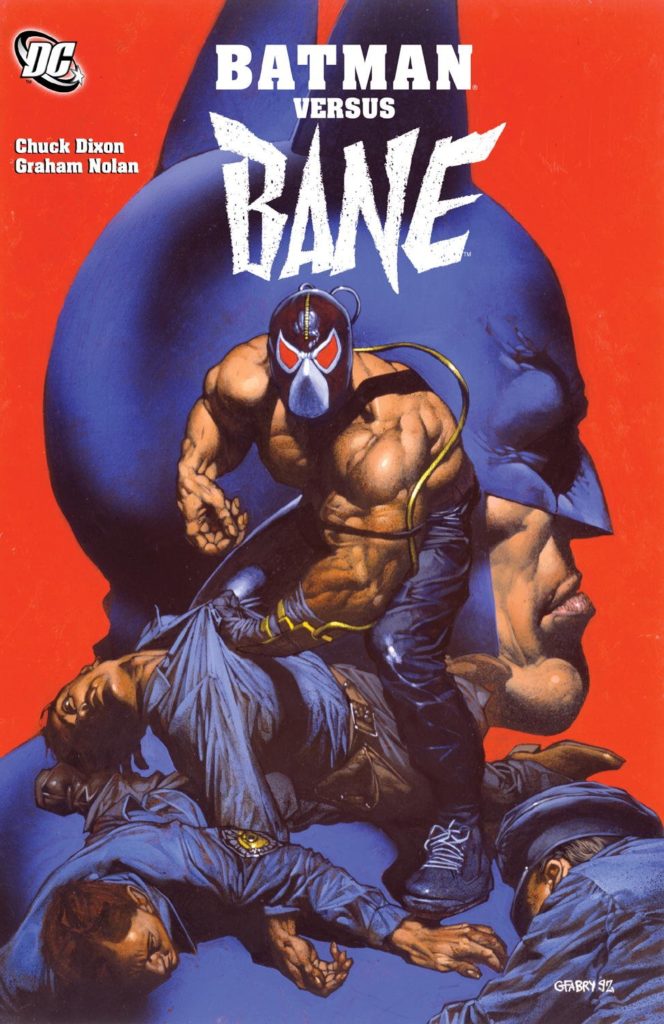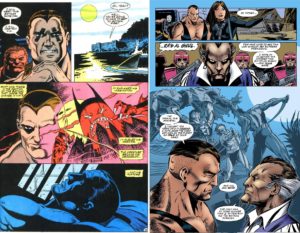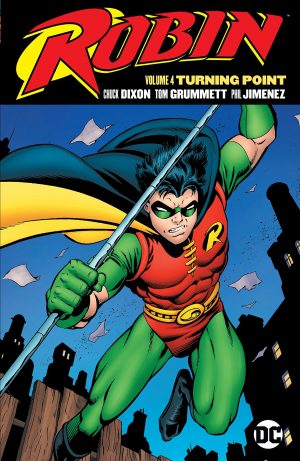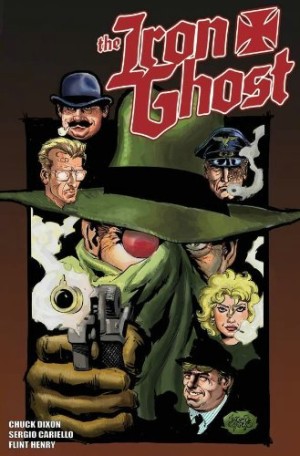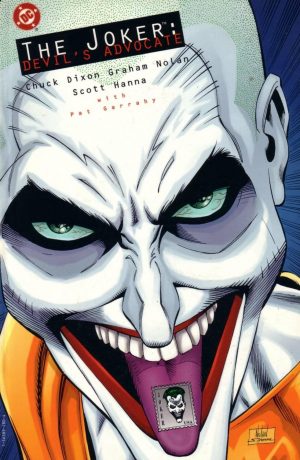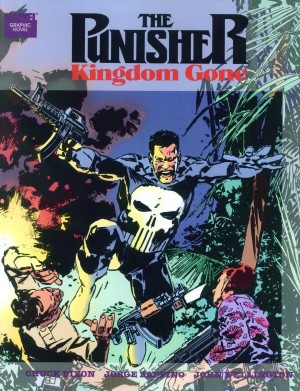Review by Frank Plowright
Batman Versus Bane is a strange title for a collection during which Batman only crosses paths with Bane over a couple of pages and barely appears otherwise. It combines a one-shot originally published as Vengeance of Bane in 1993, along with the 1998 miniseries Bane of the Demon, while strangely finding no place for Vengeance of Bane II published in between them.
‘Vengeance of Bane’ introduces Bane, the character who would go on to break Batman’s back. Chuck Dixon shows a boy born in prison in an abominably callous Latin American regime and surviving a succession of atrocities before a puberty he reaches welded into a cell flooded by the sea every night. The regime’s not above experimenting on prisoners, and the man who will become Bane is selected for a treatment that will increase his power, pumping stimulants directly into his brain and so creating a bigger brute than the one already existing. Crucially, he also educates himself.
It’s fanciful how Bane’s survival and development is assured via a hallucinogenic pep talk from his older self, but otherwise Dixon succeeds in displaying how brutality breeds brutality and survival of the fittest. An imagination for creative barbarity serves him well, and while Graham Nolan’s art only occasionally provides a really memorable image, there’s nothing wrong with the storytelling. What at the time was intended as an appetiser ends with Bane arriving in Gotham and a first skirmish with Batman.
Five years later Bane was firmly established among Gotham’s villains, while Nolan’s art had become more expansive, and it’s given a freshness via the inking of Tom Palmer. Where he’s not as good is in drawing Talia, never settling on a definitive facial structure and introducing some strange poses. Bane’s search for an obscure religious order aligns his aims with those of the near immortal Ra’s Al Ghul, in what becomes a tense triangle of suspicion. How far do Bane, Ra’s Al Ghul and Talia trust each other, and does what they want from a situation actually converge?
What’s good about these stories is their casting Bane as far more than the commonplace super strongman he later became. Dixon’s creation was a man who’d exceeded human physical perfection, but had a brain to match his physique, and that’s essential to both stories. Dixon is a linear plotter, so there are no great surprises, making the shorter first story better than the second, which rambles. It also ends very strangely when divorced from the Batman material that followed in 1998, primarily Contagion, with which it would have been better packaged.
From the deceptive cover and title to the hanging conclusion, this is a disappointing collection, but that’s all down to the packaging, not to Dixon and Nolan. Head for Knightfall if you actually want to see some interaction between Batman and Bane from the era, and be prepared to pick up Contagion for the continuation.
